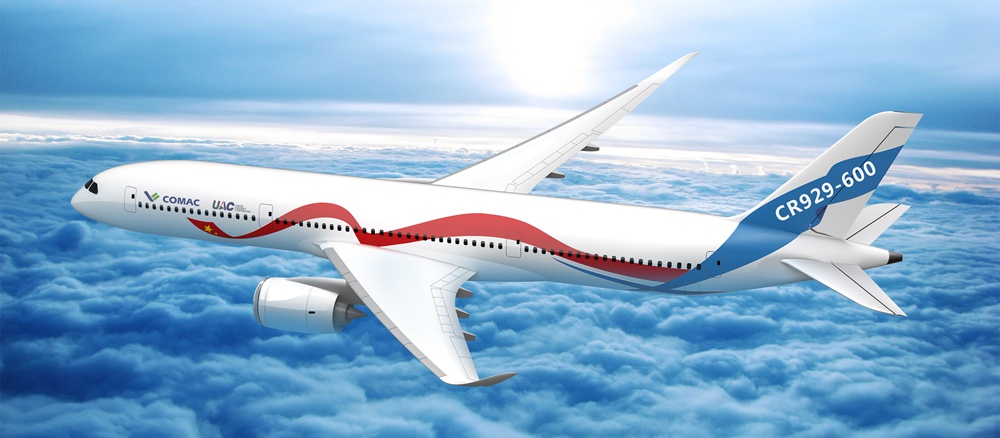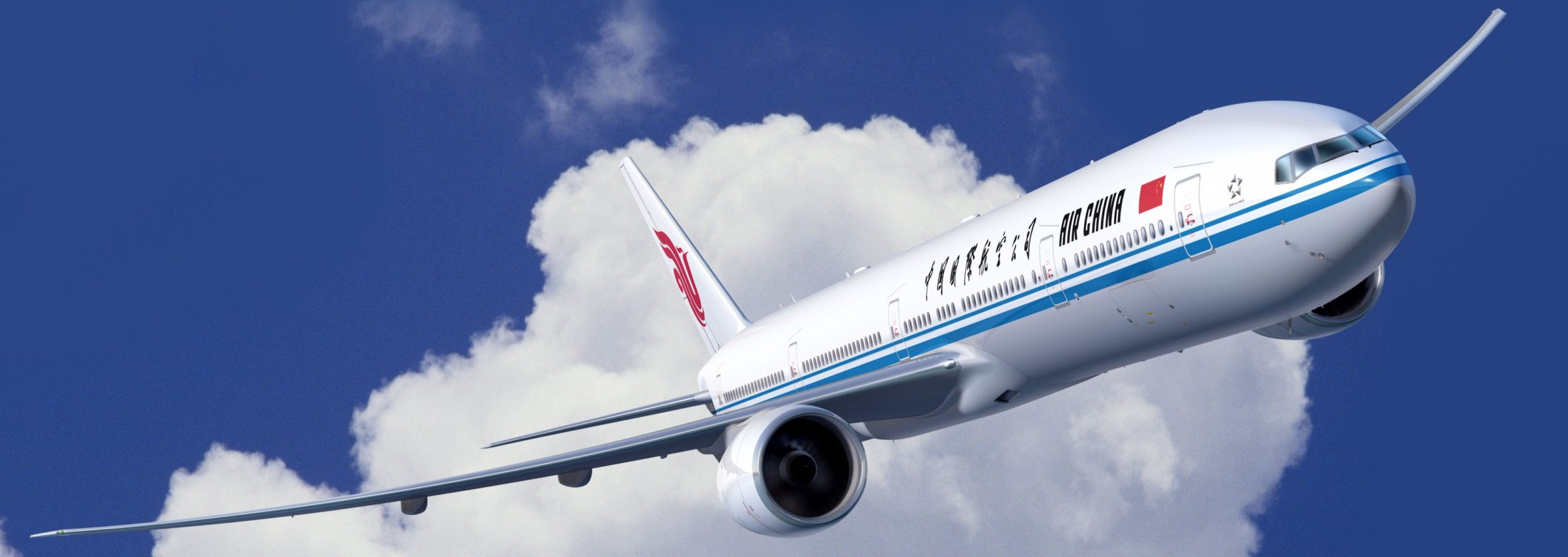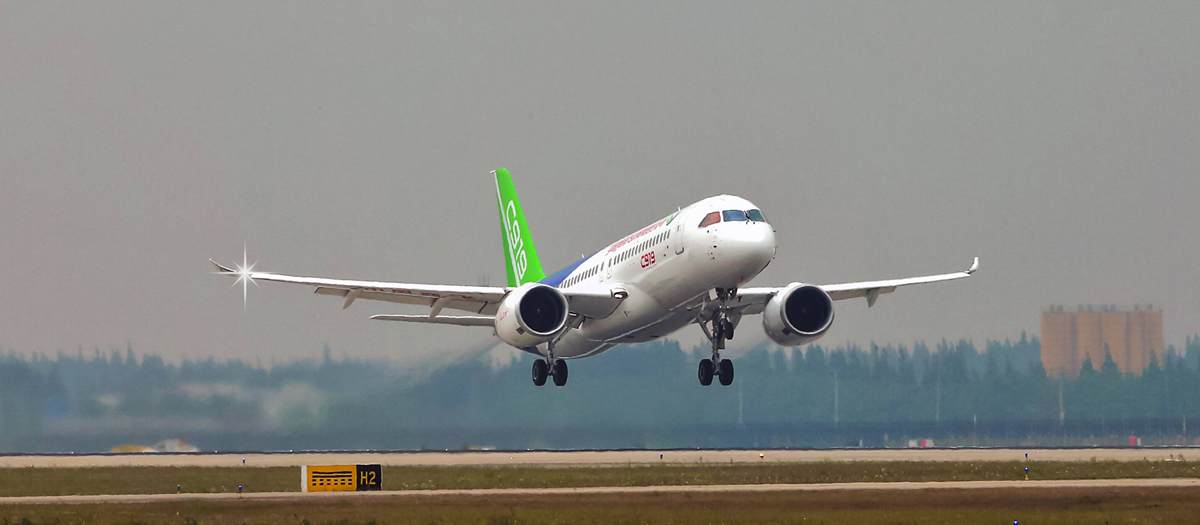Leeham News and Analysis
There's more to real news than a news release.
China’s hollow airline “recovery”: capacity without revenue
Subscription Required
By Judson Rollins
Introduction
March 15, 2021, © Leeham News: A flood of media coverage has centered on Chinese airlines’ supposed recovery from COVID-19.
The Chinese “big three,” Air China, China Eastern, and China Southern, made headlines with their rapid restoration of flights and even the announcement of new routes. Industry commentators and industry group IATA trumpeted the “recovery to pre-crisis levels” in China.
New routes garner headlines in normal times, but even more so now. And there is other good news: the US Transportation Security Administration last week processed the highest number of passengers since the pandemic all but shut down traffic a year ago.
But yield quality of such traffic in most markets is problematic. Cheap fares draw leisure travelers, yet business traffic remains a fraction of pre-pandemic levels and there are few signs of near-term recovery. Executives at Lufthansa Group, where business travelers deliver nearly 60% of revenue, said earlier this month they believe such travel will ultimately only return to 80-90% of pre-pandemic levels – and not until mid-decade.
If market analysts want to examine China’s recovery, they have to look at the whole picture. China may be leading the way in capacity restoration, but it’s not the “good” news touted.
The positive trends in China are in mainland domestic flights and seats, not passenger traffic or revenue — and not at all for regional (Hong Kong, Macau) or international routes. Scant attention has been paid to operational data from the country’s airlines – and even its national aviation regulator – showing passenger traffic even on domestic routes is still well below pre-COVID levels.
The “big three’s” third-quarter 2020 financial reports – when the domestic market was supposedly beginning to hit its stride – showed revenue losses far greater than the airlines’ pre-crisis share of revenue from international service. Even those disastrous results included a strong tailwind from increased cargo revenue, as the airlines don’t break out their revenue by business segment outside of annual reports.
LNA dug into the reports of China’s three state-owned airlines, privately held Hainan Airlines, low-cost carrier Spring Airlines, and monthly data releases from the Civil Aviation Administration of China (CAAC). Much of this data is only published in Mandarin, or in English only after long delays, so we enlisted translation help to build a more complete picture.
Summary
- Capacity is (mostly) back, but passenger volumes haven’t followed.
- Desperate sales promotions are widespread among Chinese carriers.
- Third quarter 2020 financial reports show grave revenue losses.
- Fourth quarter traffic isn’t materially better – and early 2021 is worse.
- Continued excess capacity appears to be driven by politics, not demand.
Podcast: 10 Minutes About China’s Commercial Aviation Industry
Jan. 19, 2021, © Leeham News: Today’s edition is 10 Minutes About China’s commercial aviation industry. 
China has one airliner in service, a second in flight testing and a third on the drawing board. Production is still a challenge.
We discuss how viable the airliners are and a bit about production–all in 10 minutes.
Outlook 2021: Russia and China
Subscription Required
By Bjorn Fehrm
Introduction
Jan. 14, 2021, © Leeham News: China and Russia are both developing a single-aisle domestic airliner in the A320/737 MAX class, a regional turboprop in the ATR 72 class, and is jointly working on an A330neo/787 widebody competing airliner.
While these are similar development programs, the countries are in very different positions in their markets and industries. China is a five times larger market for airliners than Russia, and its airlines are on the way back from COVID riddled passenger numbers. It has the fastest recovery from COVID-19 of any country and its civil airliner industry is on the rise.
Russia on the other hand has a stagnant market, still hit by COVID-19, and its market and industry have become introverted after a decade of flirting with Western markets and technology.
 Summary
Summary
- China and Russia drive almost identical civil airliner projects to replace Soviet-era and Western airliners.
- While similar in their projects, they are different in their markets and state of industries.
- China is on the way up (albeit from a low state) to eventually compete on the world market, whereas Russia is falling back to a Soviet-style all Russian state-controlled model.
Pontifications: Outlook 2021 Series begins today
Jan. 4, 2021, © Leeham News: Beginning today through next week, Leeham News presents its annual Outlook series for the coming year.
We’ve been doing this for years. In recent years, the Outlook reflected continued growth in commercial aviation. The industry had the longest upward tick in the more than three decades I’ve been involved in the sector.
Not this year. As I wrote before the Christmas-New Year’s holiday period, 2020 was the worst year for commercial aviation I’ve ever seen in 41 years.
This year is the beginning of the end of the COVID crisis. Yes, the vaccines began distribution in December, but large spikes in COVID cases began simultaneously and are predicted to climb higher through the first quarter.
Over the coming days, as LNA provides its Outlook for 2021, readers will see what we believe will happen.
HOTR: Boeing hopes for break in China order drought after electors vote for Biden:
By the Leeham News Team
Nov. 30, 2020, © Leeham News: Boeing hopes the three-year order drought from China may come to an end next month.
The order, according to market intelligence, would be a boost for the slow-selling 777X. It could also mean new orders for the 787. Orders for the latter dropped significantly enough to prompt Boeing’s decision to shutter the Everett 787 production line next year. Production for the 787 will be consolidated in Charleston (SC).
Dec. 14 is when US presidential electors meet to cast their votes for Joe Biden or President Donald Trump, making official the projected winner. Biden won 306 electoral votes to Trump’s 232 in projections by all the major media. With almost all votes counted—and in some cases, recounted—Biden has 51.1% of the vote to Trump’s 47.2%. Biden received 80.1m votes to Trump’s 73.9m. The margin was nearly 6.2m.
China hasn’t ordered a Boeing airplane since 2017. Trump launched a trade war with China that escalated several times. He charged, without evidence, that China interfered with the US presidential election.
Pontifications: The risk of closing China to aerospace suppliers
Nov. 30, 2020, © Leeham News: The Trump Administration this month indicated it might expand its ban on doing business with certain Chinese companies.
The Administration says the additional companies have ties to the military. Included in the listing is COMAC.
Reuters reported the move Nov. 13.
If the Administration follows through during its remaining lame-duck time in power, and if the new Biden Administration doesn’t reverse or modify the plan, the long-term effect could hurt the US aerospace supply chain.
Pontifications; Does the pandemic change the airliner market dynamics?
By Bjorn Fehrm
October 19, 2020, ©. Leeham News: Airbus and Boeing have dominated the world’s airliner market over the last 30 years. In the next 30 years, will this change?
Before the COVID-19 pandemic, the answer was no. The only viable competitor, the Chinese aircraft industry, would need more time to catch up. But the pandemic has changed the dynamics in the world.
For China COVID-19 is history. For the rest of the World not. China’s society and most noteworthy its travel industry are back to normal. September’s domestic flights were 103.5% of 2019 levels and passenger numbers were at 98% while the rest of the world is busy throttling back network plans from already low levels. We know that airlines in China are stimulating traffic with discounted fares, taking losses in the process. However, they have the backing of the government and it is traffic that ultimately drives demand for aircraft.
The Chinese system handles the crisis magnitudes better than the free world. Will the newfound Chinese self-confidence spread to bootstrapping the in-house air transport industry even further to capture the increased airliner demand?
A lost decade for aircraft manufacturers, suppliers
Subscription Required
Now open to all Readers
Introduction
By Judson Rollins, Bjorn Fehrm & Scott Hamilton
Sept. 21, 2020, © Leeham News: Commercial aviation is facing a lost decade due to COVID.
Yes, most forecasts target 2024-2025 as returning to 2019 passenger traffic and aircraft production levels.
However, LNA in July published its own analysis indicating full recovery may not occur until 2028. Breathless headlines notwithstanding, it will take years for vaccines to be widely available and considered safe by enough of the world’s population. Growing concern about vaccine production and distribution capacity through 2024 underscores this view. Even Southwest Airlines CEO Gary Kelly said earlier this month that business travel might not fully return for a decade.
Indeed, the 2020s may well be a lost decade for aircraft manufacturers and their supply chains.
 Summary
Summary
- Debt-laden airlines will have little money to order new airplanes
- Interest in re-engined 787, A350 likely nil this decade
- Airbus, Boeing, Embraer have little interest in launching new programs
- Engine makers too financially stretched to develop new designs
- Engineering talent, knowledge will be decimated by inevitable job reductions
- OEMs must “play the long game” at a short-term cost to safeguard their futures






